The Jagannath Temple, located in Puri, Odisha, India, is one of the most famous and sacred Hindu temples in the world. It is dedicated to Lord Jagannath, a form of the Hindu deity Vishnu. The temple has a rich and fascinating history that spans centuries, making it a significant cultural and religious landmark. In this essay, we will explore the history of the Jagannath Temple in detail, delving into its origins, development, and enduring spiritual significance.
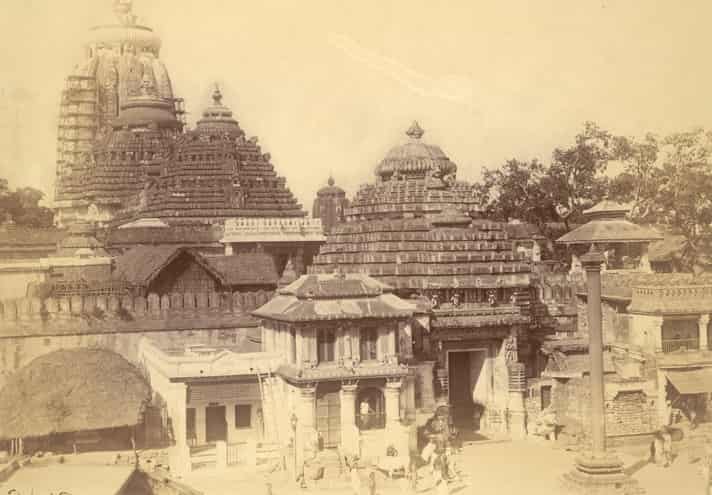
Early History
The history of the Jagannath Temple can be traced back over a thousand years, with the first mentions of the temple dating to the 12th century. It is believed to have been built during the reign of King Anantavarman Chodaganga Deva, of the Eastern Ganga dynasty, in the 12th century. The temple’s construction marked the beginning of a new era in the religious and cultural landscape of the region.
The temple’s unique feature is its association with Lord Jagannath, an incarnation of Lord Vishnu. Jagannath is known for his unconventional and mystifying form, with large, wooden idols representing him. The principal idols of Lord Jagannath, along with his brother Balabhadra and sister Subhadra, are made from neem wood and are renewed every twelve to nineteen years. This practice is an integral part of the temple’s traditions.
Architectural Marvel
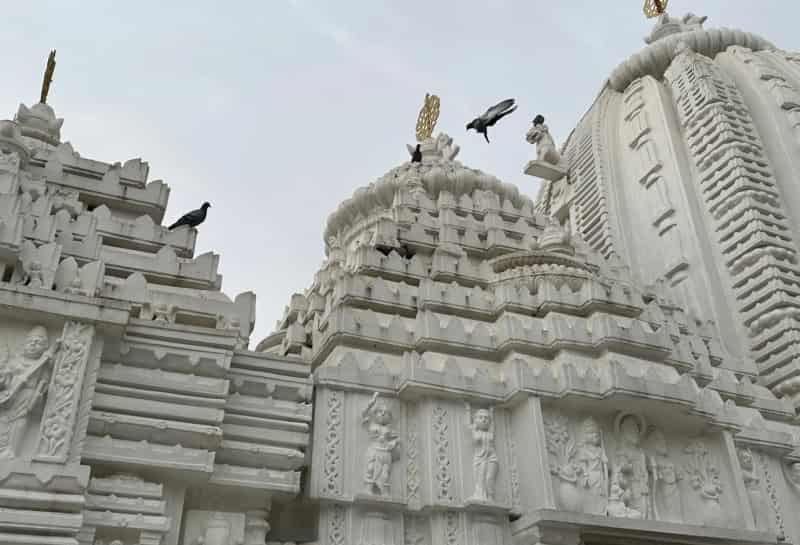
The Jagannath Temple is a striking example of Kalinga architecture, a distinct style prevalent in the Odisha region. The temple stands tall with a majestic spire, or shikara, that rises to a height of 58 meters (190 feet). The temple complex covers an area of about 10.7 acres, enclosed by a high wall.
The temple’s intricate architecture features intricate carvings and artwork, depicting various episodes from Hindu mythology and scenes from daily life. The temple’s main structure, the sanctum sanctorum, or the garbhagriha, houses the idols of Lord Jagannath, Balabhadra, and Subhadra. These idols are positioned in such a way that they are visible to devotees from a distance, drawing them towards the central altar.
The temple complex also includes several other significant structures, such as the Mukti Mandap, which is considered a place of salvation, and the Natya Mandap, an auditorium for religious dance performances. The temple’s architecture is not only aesthetically pleasing but also serves as a testament to the advanced architectural skills and craftsmanship of the time.
Rituals and Festivals
The Jagannath Temple is renowned for its rich and elaborate rituals and festivals. Among the most famous is the Rath Yatra, or the Chariot Festival, which attracts millions of pilgrims from all over the world. The Rath Yatra involves the ceremonial procession of the deities on grand chariots through the streets of Puri. The chariots are massive and ornate, with Lord Jagannath’s chariot, known as Nandighosa, towering at an impressive 45.6 feet. The other two chariots are for Lord Balabhadra and Goddess Subhadra.
The Rath Yatra is not only a spectacle but also a deeply spiritual event. It is believed that taking part in this procession or even witnessing it grants spiritual merit and cleanses the soul. The pulling of the chariots is a collective endeavor, with devotees coming together to participate in this sacred act.
Another significant festival is the Snana Yatra, where the deities are bathed in public view. This event marks the beginning of a fortnight-long period when the idols are secluded from public view for their annual ritual bath. The idols are dressed in new outfits every day, and their appearances change throughout this period, highlighting the dynamic and unique nature of the worship at the Jagannath Temple.
The Iconic Wooden Idols
The idols of Lord Jagannath, Balabhadra, and Subhadra are an essential aspect of the temple’s history and tradition. These idols are made from a special type of wood known as daru brahma. The selection of the sacred wood and the carving of the idols are highly ritualistic processes, shrouded in secrecy and performed by skilled artisans. These artisans, known as the Vishwakarmas, have been entrusted with this sacred duty for generations.
The idols are known for their peculiar features. Lord Jagannath’s eyes are large and round, giving him a distinctive, enchanting appearance. However, the idols are intentionally unfinished, which is symbolic of the belief that the divine is infinite and cannot be fully represented in a physical form.
The idols’ renewal is a significant event in the temple’s history and is celebrated as the Nabakalebara festival. During this elaborate ceremony, the old idols are replaced with new ones. The process involves complex rituals and traditions, with astrologers determining the auspicious moment for the idols’ change. The making of the idols and their consecration is a sacred endeavor that embodies the spiritual essence of the Jagannath Temple.
Historical Significance
The Jagannath Temple has played a vital role in the history and culture of the Odisha region. It has served as a symbol of devotion and a center for spiritual and cultural activities for centuries. The temple’s influence extends beyond its immediate religious context, impacting art, music, and literature in the region.
The temple has also faced several historical challenges. It has been invaded and plundered multiple times by various rulers and foreign powers over the centuries. However, the temple’s resilience and significance have endured, and it has been rebuilt and restored with devotion and enthusiasm each time.
The Jagannath Temple also has a significant place in the hearts of the Odia people. It is not just a religious institution but a cultural symbol that resonates with the values and identity of the people of Odisha. The temple is an essential part of the Odia heritage and is deeply embedded in the state’s history and tradition.
Secular Appeal
The appeal of the Jagannath Temple extends beyond religious and cultural boundaries. It is a place where people from various backgrounds, faiths, and nationalities come to seek solace and spiritual enlightenment. The temple’s open-door policy welcomes visitors of all faiths and backgrounds, promoting a sense of unity and inclusivity.
The temple has also been a subject of fascination for historians, archaeologists, and art enthusiasts. Its unique architecture, rich history, and the rituals associated with it have piqued the interest of scholars and researchers worldwide. The temple has been a subject of study and exploration, shedding light on the diverse aspects of Indian culture and spirituality.
Controversies and Challenges
While the Jagannath Temple holds a revered place in the hearts of millions, it has not been free from controversies and challenges. One of the most notable controversies surrounds the temple’s restrictions on the entry of non-Hindus. Traditionally, the temple has been off-limits to individuals who do not follow the Hindu faith. This policy has faced legal challenges and sparked debates regarding religious freedom and equality.
Another significant challenge is the conservation and maintenance of the temple. The wooden structure of the temple is susceptible to termites and decay, requiring constant care and restoration. The temple authorities, along with government agencies, have been working tirelessly to ensure the temple’s preservation while maintaining its original architectural and spiritual integrity.
Conclusion
The Jagannath Temple in Puri, Odisha, is more than just a place of worship; it is a living testament to India’s rich cultural and religious heritage. Its history, architecture, rituals, and significance have captivated the hearts and minds of millions of devotees, scholars, and tourists from around the world.
The temple’s iconic wooden idols, unique traditions, and grand festivals, especially the Rath Yatra, have made it a symbol of spiritual devotion and unity. Its significance transcends religious boundaries, welcoming people of all faiths to witness its grandeur and experience its spiritual aura.
As the Jagannath Temple continues to stand the test of time, it reminds us of the enduring power of faith and the ability of religious and cultural landmarks to unite people in their quest for the divine. With its rich history and timeless appeal, the Jagannath Temple will undoubtedly continue to be a source of inspiration and reverence for generations to come.

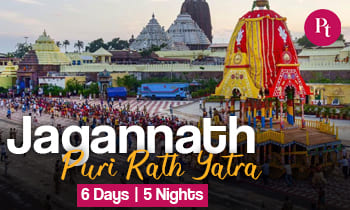
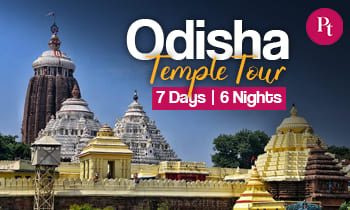
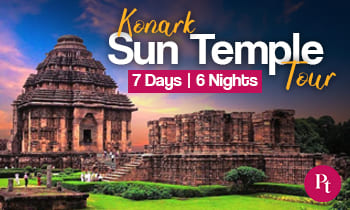
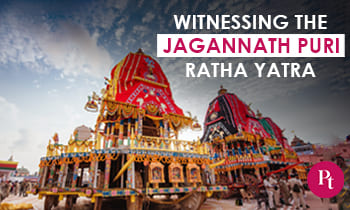
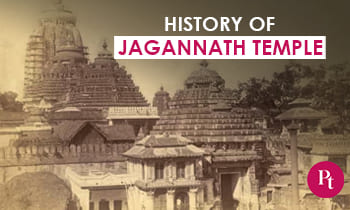
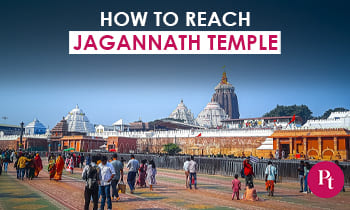
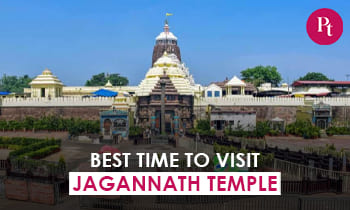

 Call
Call WhatsApp
WhatsApp Enquiry
Enquiry